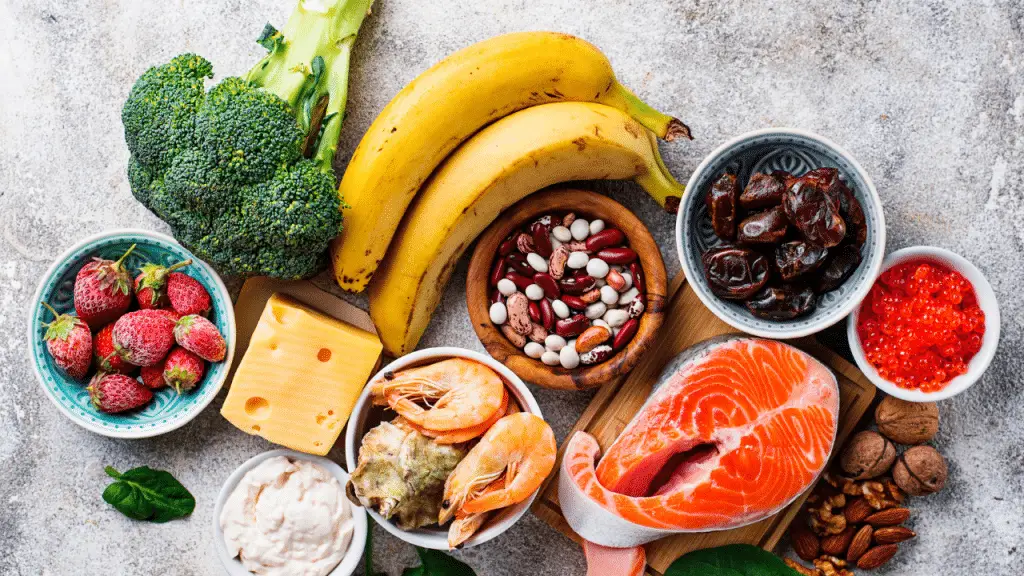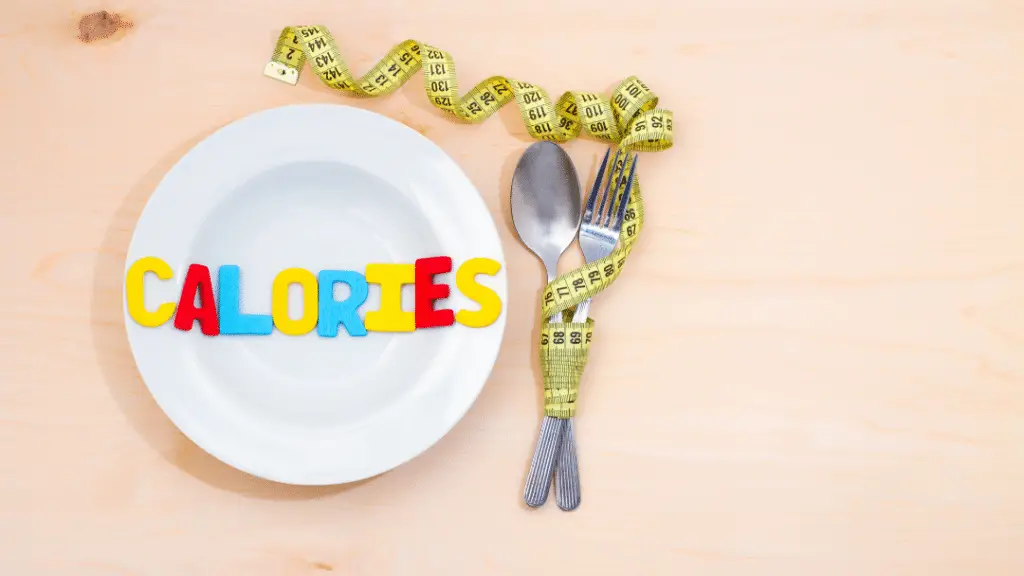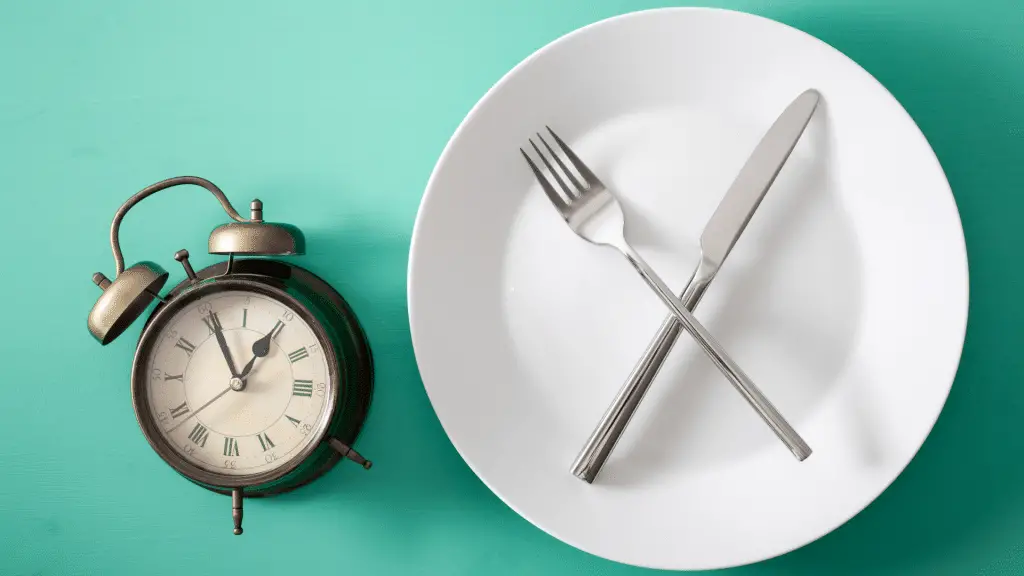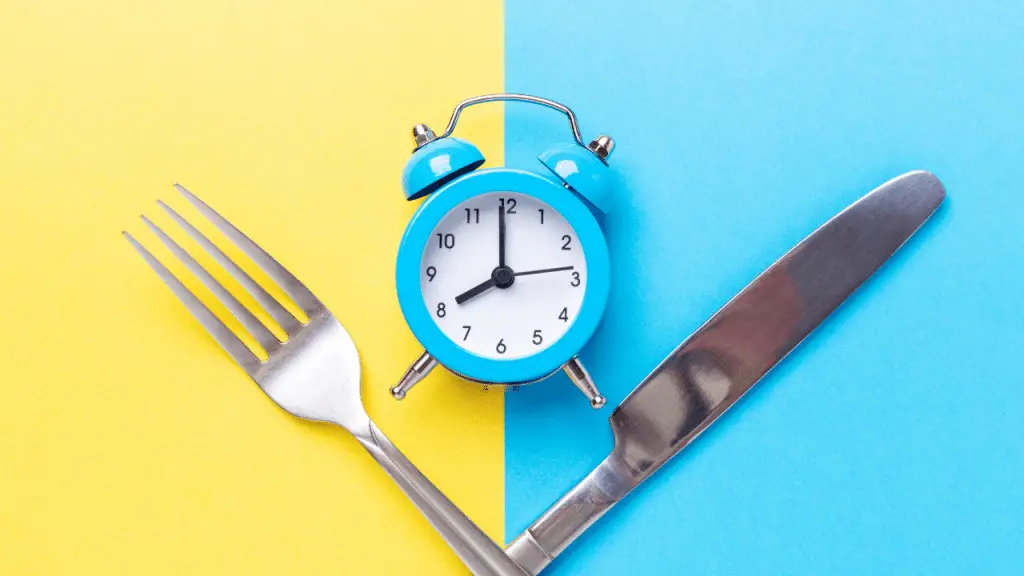Let’s be honest: I don’t like rules! I get so frustrated when health experts say don’t do this, don’t do that, or when they act as if they have found the ultimate solution that will work for everyone. Or worse, when they make up a list of rules to follow and make simple things sound complicated. At the same time, I understand that for some people, having rules to follow is helpful. They can act as guidelines to ensure success whenever trying something new. That’s what I envisioned when I wrote these rules of intermittent fasting for weight loss.
Rules of Intermittent Fasting for Weight Loss
What I love about intermittent fasting is that it provides food freedom while you reach your health goals. No counting macros, calories, or restricting foods. However, you may not thrive on intermittent fasting if you don’t understand a few key points. The following rules of intermittent fasting for weight loss will help you create your own intermittent fasting success story without overcomplicating anything. These rules are simple yet essential.

1. Achieve Optimal Weight Loss Ketosis
I would say failing to achieve optimal weight loss ketosis is the number one reason why people give up on intermittent fasting “because it doesn’t work.” What does it all mean? It means that you must fast long enough for your body to switch to ketones for energy.
Optimal Weight Loss Ketosis
Did you know that when your body runs out of glycogen, it produces ketones from your fat cells? When that happens, your appetite decreases, and you feel energetic and focused. That’s one of the reasons why the keto diet has become so popular. When your body functions on ketones, you no longer rely on willpower for weight loss. Read my post Keto Vs. Intermittent Fasting for Weight Loss: Which One Is Better? if you are curious about what kind of recommendations I have regarding intermittent fasting and keto for weight loss.
How to Know When You Are In Optimal Weight Loss Ketosis
The first time I achieved optimal weight loss ketosis was during a modified fast. I know simply because I felt different. My hunger wasn’t bothering me much anymore. I felt different. If you measure your ketones, you will discover that this switch usually occurs around 1.0-1.5 mmol/L.
I use the Keto Mojo to measure my ketones. Get a 15 percent discount with my affiliate link.

2. Focus on Nutrient-Dense Foods
Even though one of the main benefits of intermittent fasting is food freedom, it doesn’t mean you should be eating junk! For one, it is much easier to overeat ultra-palatable processed foods, but whole and nutrient-dense foods also help you function at your best.
What Are Nutrient-Dense Foods?
Nutrient-dense foods provide the most vitamins and minerals for the least calories. Here are some basic guidelines:
- Limit sugar, caffeine, and alcohol.
- Eat one large salad a day.
- Eat two cups of nonstarchy vegetables each day.
Learn more in my post What to Eat on Intermittent Fasting for Weight Loss. You may also enjoy My 7-Day Intermittent Fasting for Weight Loss Meal Plan.

3. Drink Enough Water
Another rule of intermittent fasting is to drink enough water. Often, you will feel hungry and notice your hunger goes away after drinking a tall glass of water. It is possible to mistake thirst for hunger. Moreover, the water fills your stomach and helps dull your hunger during intermittent fasting.
How Much Water Should You Drink?
The typical advice is to drink half your weight in pounds in ounces of water. For many of us, that will mean about two liters of water. I don’t know about you, but I have seen some health experts saying that you should only drink when thirsty] because drinking too much water can be dangerous. Don’t worry, drinking two liters of water daily is not too much! You are not going to experience water poisoning.

4. Don’t Fast Every Day
Not fasting daily helps ensure you are not stressing your body too much. You need to fast long enough to achieve optimal weight loss ketosis (usually around 20 hours), which will stress your body more than fasting for only 12 hours. Consequently, fast only 4-5 days a week.
These are the most common stressors when you want to lose weight:
- Calorie deficit
- Fasting
- Carb restriction
- Exercise
All of these can help achieve your goal weight, but adding too many of them on top of each other can be counterproductive. It may put you in starvation mode and make it more difficult to lose weight.

5. Consume Enough Calories
As you restrict your eating window enough to stay in optimal weight loss ketosis for 2-3 hours, you may find it hard to eat enough during that time. One way to overcome this challenge is not to fast every day, which I recommend.
What Does It Mean to Eat Enough Calories?
Since you are not tracking your calories, you may wonder why I am telling you to eat enough. I am simply saying to make sure you take the time to eat good-sized and satisfying meals during your eating window. If your calorie deficit is too big, fasting will become harder (it won’t feel as good as I have been describing when you switch to optimal weight loss ketosis). Furthermore, you run the risk of stressing your body too much. Once in a while, you will hear someone say (usually women) that intermittent fasting wrecked their hormones. The issue here isn’t intermittent fasting. It is overstressing your body.

6. Learn to Listen to Your Body
Listening to your body is one of my favorite rules of intermittent fasting now that I am in maintenance mode. There is a pretty good chance you will find the same thing. It takes a while to gain the skills to learn to listen to your body truly, but intermittent fasting can help.
Why Intermittent Fasting Helps Listen to Your Body
If you are anything like I was before intermittent fasting, you are a slave to your food cravings. You can’t stick to any “eating optimally” resolution long term, and you frequently feel like you want to eat more right after eating (wanting something sweet, for example). Those are all signs of insulin resistance. Fortunately, intermittent fasting is well known to help improve your insulin sensitivity. For more, read 14 Proven Health Benefits of Intermittent Fasting.
Once you gain the ability to listen to your body, you will discover that your body craves different whole foods at different times. You will be able to tell what you need to be eating with more accuracy. Furthermore, you will know when you are in too great of a calorie deficit and can readjust by fasting less. The opposite will also be true.

7. Experiment With Cycling
That’s it! The last rule of intermittent fasting for weight loss! Cycling! This rule is about changing things up and not getting stuck in a rut. It will go hand in hand with listening to your body.
What is cycling?
There are many things you can cycle in your health regimen. You can cycle your diet practices (vegan, paleo, juicing, keto, clean eating), you can cycle your intermittent fasting windows and your workouts. The idea is to learn to try different things to determine what works best for you. That being said, be careful not to cycle too quickly. Remember that it often takes a few weeks for your body and mind to adjust to new practices. Cycling is not about jumping from one thing to the next forever. It’s about trying practices that feel right for a while (at least a few weeks), changing these practices, and getting back to them when the timing is right.
How Cycling Can Help
Cycling will help you learn about yourself. You will discover what practices make you feel your best. Moreover, you will see that different things work better at different times throughout your life. For example, certain eating styles are more helpful during certain seasons of your life. Certain workouts are super effective for a while; when you change things up, you see more results again.
Rules of Intermittent Fasting Video
In Summary
I have to say, I am pretty proud of my rules of intermittent fasting even though I hate rules.





